Newton, MA

Since 2009, Tata & Howard has worked with the City of Newton, Massachusetts on water main improvement projects throughout the water system. In total, the designs have included over seven miles of cleaning and lining and over eight miles of new 8-inch and 12-inch diameter water mains.
Our services have included design, completion of an Opinion of Probable Cost for construction, construction administration and resident observation. Plans were created using available GIS data from the City and field verification. The majority of the work has been funded through MWRA. A recent design included a new 12-inch diameter water main on Washington Street. Work includes cutting concrete panels, backfilling with Controlled Density Fill, and traffic management.
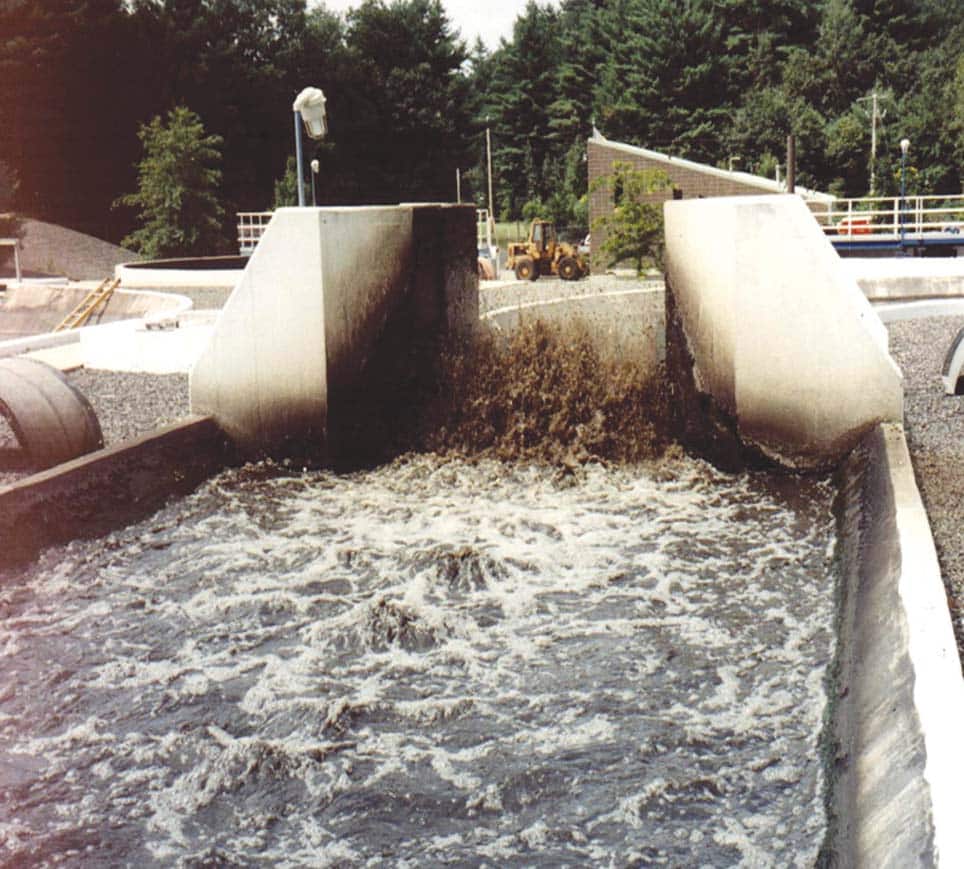
The Town of Barre retained Tata & Howard to evaluate their existing wastewater treatment facility. Tata & Howard recommended a three phase upgrade program in order to reduce the initial impact of the construction cost on the sewer use rates. Included in the upgrade program was the design and construction of a submersible pump station that lifts the raw wastewater from an equalization tank to the biological treatment process. The pump station has a capacity of 1.2 mgd and includes variable frequency drives. The pumping station is controlled by a new SCADA system at the wastewater treatment facility. Tata & Howard also designed 8,000 linear feet of collection system sewers in the Worcester Road area of town. The project also included 500 linear feet of force main and a wet well mounted pump station. The pump station has a capacity of 200 gpm.
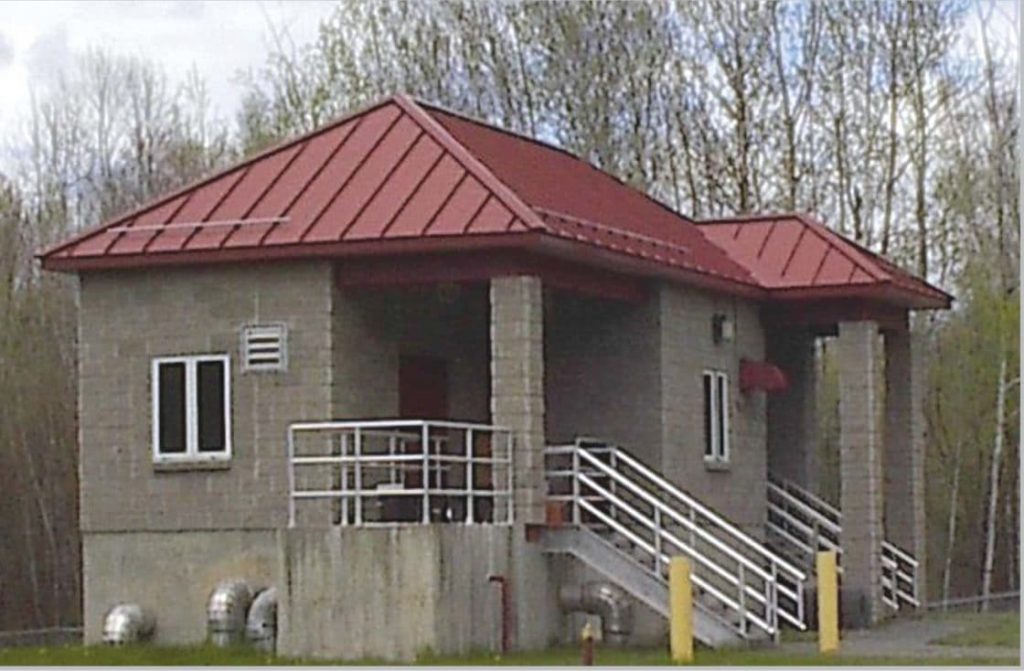
Tata & Howard provided engineering services associated with sewer improvements including evaluation, design, and construction of 3,500 linear feet of interceptor sewer, 2,500 linear feet of force mains, and three pump stations. In addition, Tata & Howard provided design and construction of 5,000 linear feet of interceptor sewer, 4,000 linear feet of gravity sewer including a river crossing, and a pump station. Tata & Howard also provided design and construction services for three new wastewater pump stations. The pump station scope included upgrading of one pump station and the design of two other pump stations. One of the pump stations is a suction lift station while the other two are submersible stations.
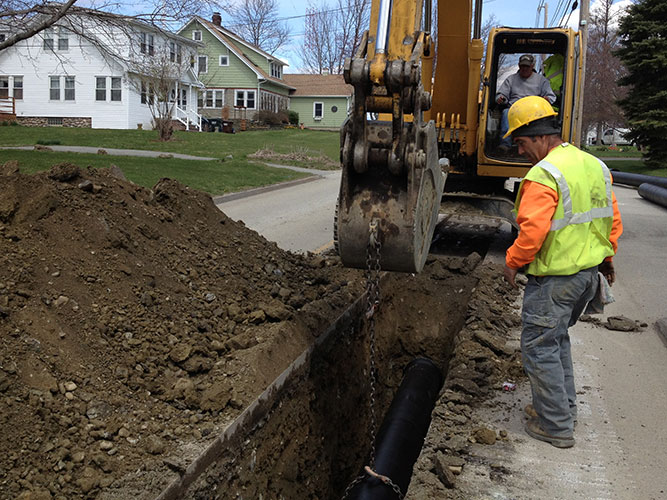
Phase I services included engineering services for bid, award, construction administration and resident observation services for approximately 6,500 linear feet of 12-inch water main and 750 linear feet of 8-inch diameter water main for a water main replacement project on Packachoag Street.
Phase II services included engineering design, bid and award, and construction administration and resident observation services for approximately 5,000 linear feet of 8-inch water main. Both phases are funded by the USDA Rural Development program.
Town of Spencer, MA
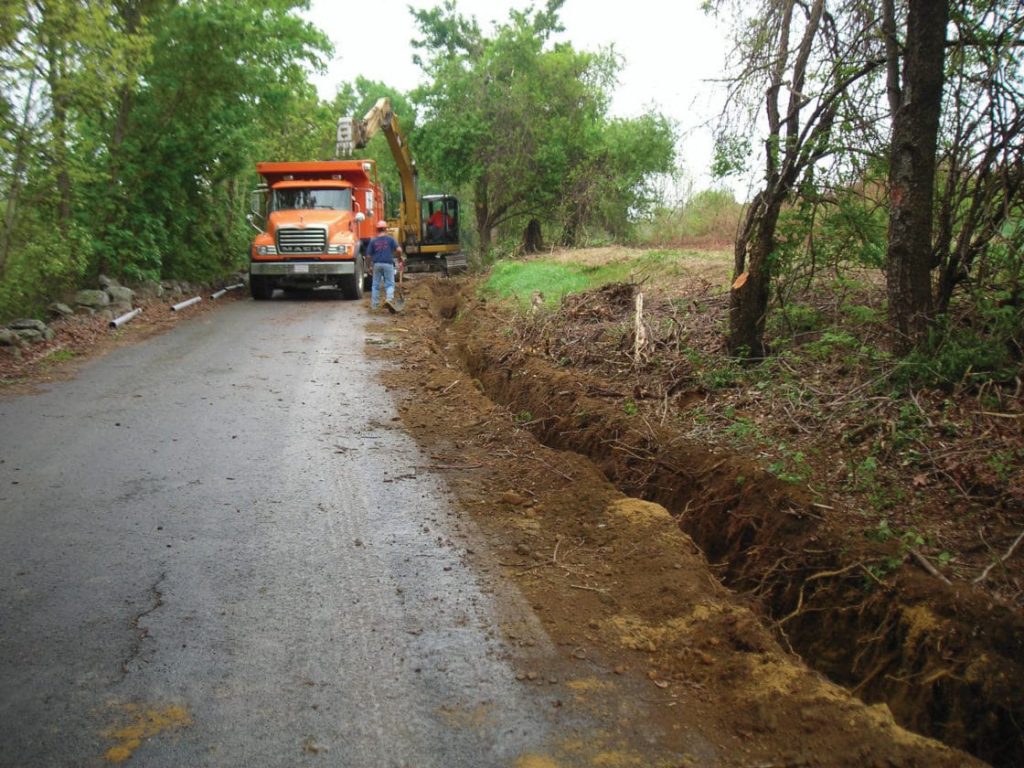
Tata & Howard provided construction administration services for a new 0.5 million gallon cast-in-place concrete water storage tank, booster pump station, approximately 12,600 linear feet of new 12-inch diameter water main, and miscellaneous distribution system upgrades. Construction of in-line isolation valves, removal of existing pressure-reducing valve (PRV) vaults, a new system wide SCADA system and new high lift pumps at the water treatment facility and well site were also included in Tata & Howard’s design. The purpose of this project is to separate the current single zone system into two pressure zones as required by an Administrative Consent Order from the MassDEP.
The creation of a two pressure zone system requires the replacement of the existing 200 horsepower (hp) pump at the Meadow Road Water Treatment Facility and 150 hp pump at the Cranberry Brook Well with lower head, high efficiency pumps and motors. The Meadow Road facility is the Town’s primary water supply source; therefore, changing of this pump requires coordination with the Department of Utilities and Facilities and the overall two pressure zone project construction sequencing to minimize the time this source is off-line.
Tata & Howard also verified the Town’s hydraulic model, which was used to select the best location for the new tank and select water main size for transmission and fire protection. The model was also used to determine the boundary line between the two pressure zones. A Capital Efficiency Plan™ is currently being prepared. Assistance will be provided, as needed, for public education of the project and during Town meetings. This project is being funded by the American Recovery and Reinvestment Act through the Massachusetts State Revolving Fund (SRF). Due to an aggressive schedule required under the funding requirements, all design; permitting associated with planning, zoning, and wetlands; and project bidding were completed and approved within a six-month period.
Water Supply Upgrades
Canaan Fire Districts (FD) #1 and #2, Canaan, VT
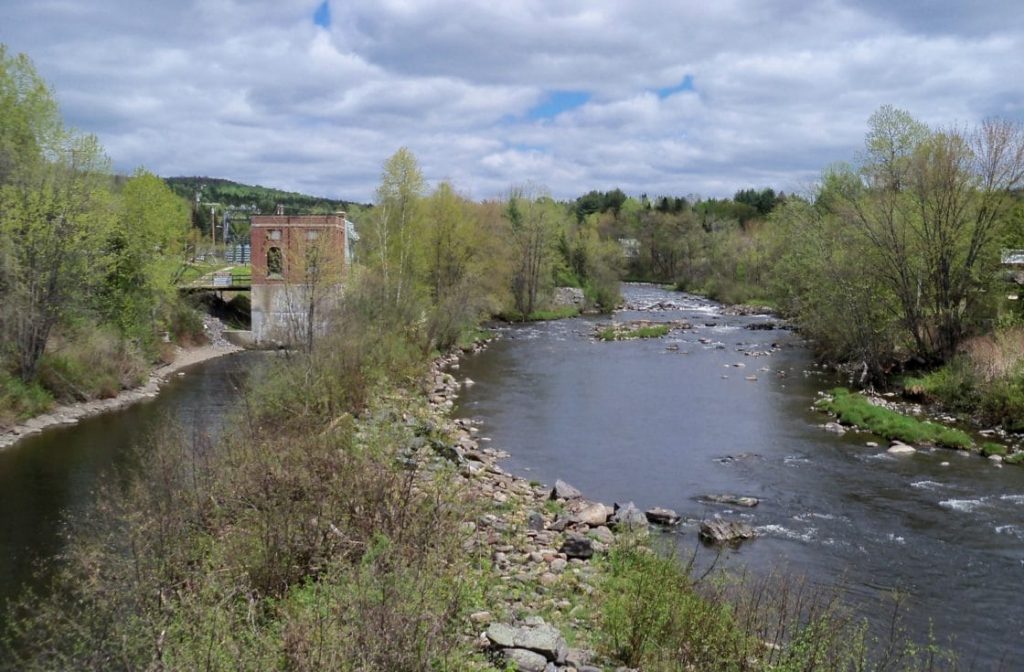
Tata & Howard provided engineering services associated with water supply upgrades for Canaan FD #1 & #2. These two districts are located about 1.5 miles apart, meet monthly, and have one operator. For FD#2, located in Beecher Falls, VT, Tata & Howard completed construction of a new concrete storage tank, well upgrades, and distribution system improvements including significant replacement of pipe. Tata & Howard was able to secure a 75% grant for the project which resulted in little impact to their water rates.
Fire District #2
FD#2 has 100 customers. The issues included inadequate system pressures, inadequate storage tank, inadequate disinfection system, and leaky pipes.
Tata & Howard developed solutions that included the following:
- A new storage tank at an elevation that would eliminate all pressure issues
- Distribution piping replacement and addition of hydrants of flushing and fire protection
- Reduction in water losses allowing for reduced well pump size, resulting in lower annual power and chemical costs
Fire District #1
FD#1 has two sources of supply. One is a large spring system located in Canada which consists of ten springs connected together, all under the influence of surface water and the other is a high yielding well source in the town limits. The issues are inadequate spring source construction and ability to maintain, low system pressures across the State line (they provide water service to West Stewartstown, NH), inadequate flushing capabilities, inadequate distribution piping, high iron and manganese levels in well source, and inadequate storage tank.
The solutions include the following:
- Elimination of the spring sources due to Canadian border issues and high cost for upgrading the springs and connection piping
- Installation of filtration system to meet the standards for FE and MN
- Construction of new larger water storage tank
- Development of a second emergency supply
- Improvements to distribution piping
In addition, we completed a feasibility study.
Advanced condition assessment of cast iron water main samples and water infrastructure provides insight into the quality and reliability of a water distribution system. The goal is to be able to efficiently and effectively run the water distribution system by allocating capital to areas of the system that are in need of rehabilitation or replacement. Tata & Howard is a leader in condition assessment methods for water distribution system pipe assets.
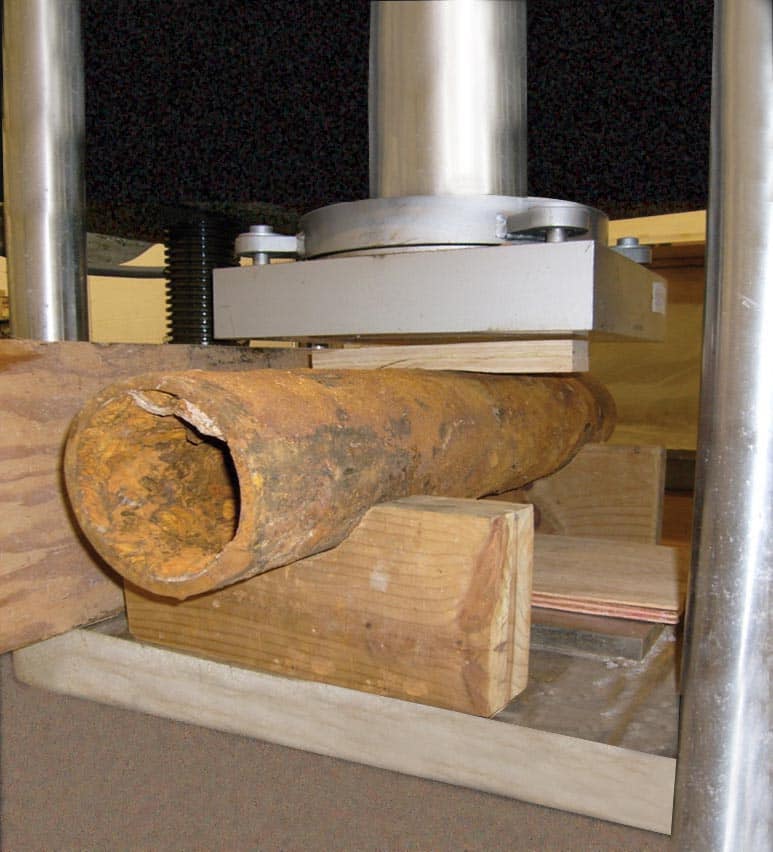
In 2007, Tata & Howard began extracting one foot long cast iron water main samples ranging in diameter from 6 to 12 inches as part of a cleaning and cement lining water main rehabilitation project. Since then, we have evaluated a significant number of cast iron water main samples for several water distribution systems throughout Massachusetts and Connecticut, typically during a rehabilitation project, water main failure, or water main replacement project.
Sections are evaluated using several criteria:
- Pipe Class Estimation Based on Remaining Wall Thickness
- Visual Inspection
- Pipe Crushing ANSI A21.6-13 Yields Break Load of Sample
Samples are loaded, one at a time, onto a machine that monitors the application of load in pounds, and the load required to cause the main to break is then recorded. Additional visual inspections are also made and recorded.
- Remaining Factor of Safety Estimation
In the past, cast iron pipe manufacturers incorporated a 2.5 minimum factor of safety (FOS) to the crushing load necessary to break a water main. The manufacturer’s FOS can be compared to the crushing load that was measured at the materials testing facility, which then yields the estimated remaining FOS of the water main sample.
Condition assessment is beneficial in assisting a utility in the decision to rehabilitate a water main or schedule it for replacement, and in identifying asset classes that are candidates for replacement. The visual inspection provides an assessment of the quality of the water main, which assists in properly allocating capital funds to mains that are on the verge of failure or in need of rehabilitation.
Whitepaper:
Pipe condition assessment combined with break data for New England communities allows for continued analysis of problem pipes in distribution systems. This whitepaper outlines the research completed and the data collected to help pinpoint the next problematic pipe cohort. Read the complete whitepaper here.
Aquarion Water Company
Areas of service: Oxford, Millbury, Hingham and Hull, MA and Hampton, NH
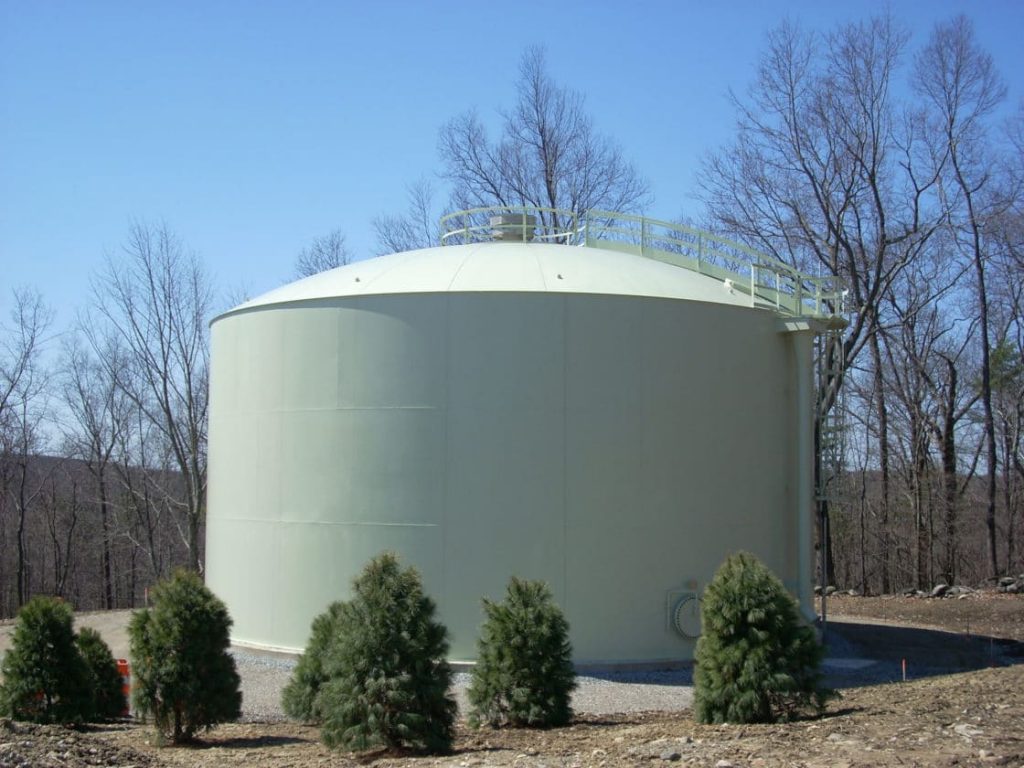
Tata & Howard has been providing general engineering services to the Aquarion Water Company in Massachusetts and New Hampshire for the last five years. Our work has included the design of water mains and storage tanks, new source development, replacement well designs, hydraulic studies and Capital Efficiency Plans™.
As of 2019, We have completed or are currently completing Capital Efficiency Plans™ for each of the systems in Massachusetts and New Hampshire. Within the two states, Aquarion Water Company operates a total of approximately 430 miles of water main. Completion of the Capital Efficiency Plans™ has provided Aquarion with a basis for improvements throughout each of the systems. The analysis not only reviewed hydraulic considerations but included a detailed analysis of assets and critical components. By utilizing this approach, Aquarion Water Company was able to spend money effectively on upgrades to the system.
For example, as part of a hydraulic evaluation, it was recommended that Aquarion replace the water main on Mill Road to meet fire flow requirements in the eastern part of the system. After consideration of the age, material, and break history of the surrounding water mains, it was determined that from a capital efficiency standpoint, replacement of the water main on Pine Road would benefit Aquarion more than replacement of the water main on Mill Road.
The water main on Pine Road had reportedly experienced numerous breaks and would eventually require replacement in the near future. Installation of the water main on Pine Road allowed the Aquarion Water Company to meet the needed fire flow requirement, eliminate a problematic water main, and reduce the overall capital cost. All the studies included an analysis of the existing supplies versus the estimated future demands as well as storage capacity. The Hingham/Hull Water Distribution System Study included an analysis of potential water supply sources. Tata & Howard evaluated the potential of connecting to MWRA, buying water from Cohasset and drilling new wells within the Town. All options included potential costs for engineering, permitting and construction.
Tata & Howard completed a storage evaluation for the Hingham and Hull water systems. The purpose of the evaluation was to determine if the Strawberry Hill Tank was needed. Following a tank inspection, the tank was determined to be structurally deficient and needed substantial work to improve the integrity of the elevated tank. The Strawberry Hill Tank had a capacity of 0.51 million gallons and had an overflow elevation that was approximately 20 feet lower than the Turkey Hill Tank located in the same service area. The water in the Strawberry Hill Tank did not fluctuate and caused concern for contaminated water. Based on a storage evaluation and hydraulic analysis, it was determined that the Strawberry Hill Tank was not needed. The Aquarion Water Company subsequently removed the tank from the system.
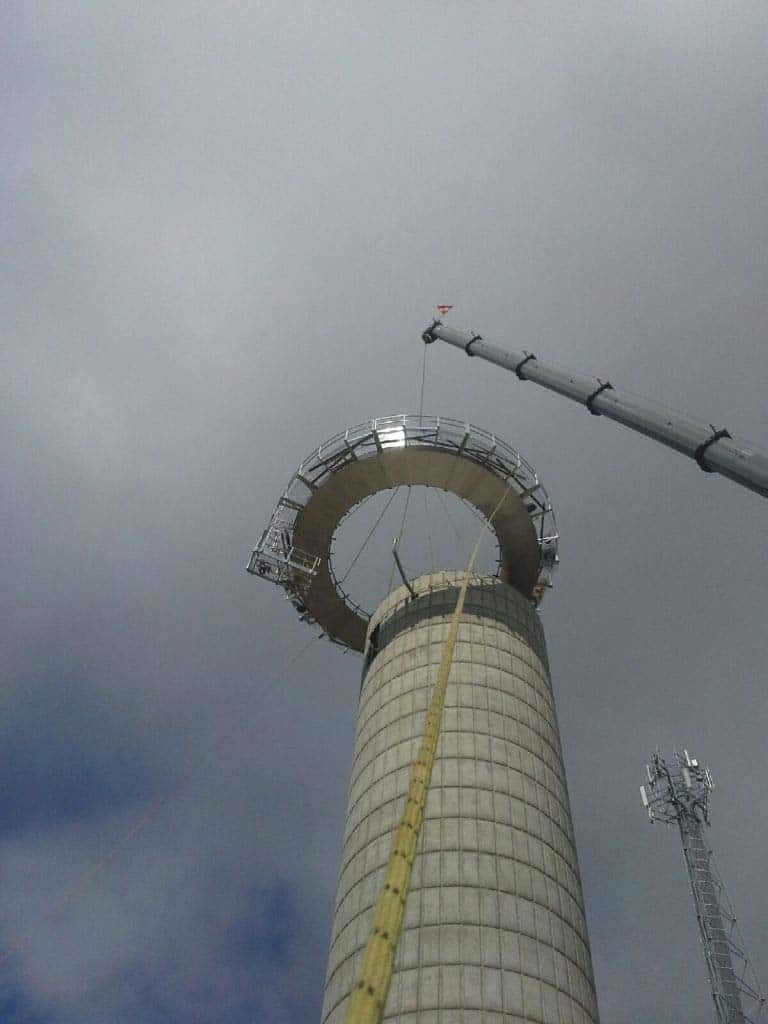
Tata & Howard provided engineering services for a water main, pump station, and storage tank for Athol Economic Development. The project specifically included the design of a new booster pump station with a chlorine injection system, emergency generator, SCADA, approximately 3,800 linear feet of 12-inch diameter water main, and a new 210,000 gallon elevated water storage tank on Templeton Road. This project is an extension to the existing water distribution system and was designed to serve an area of commercial development, including a Market Basket, along Route 2A.









